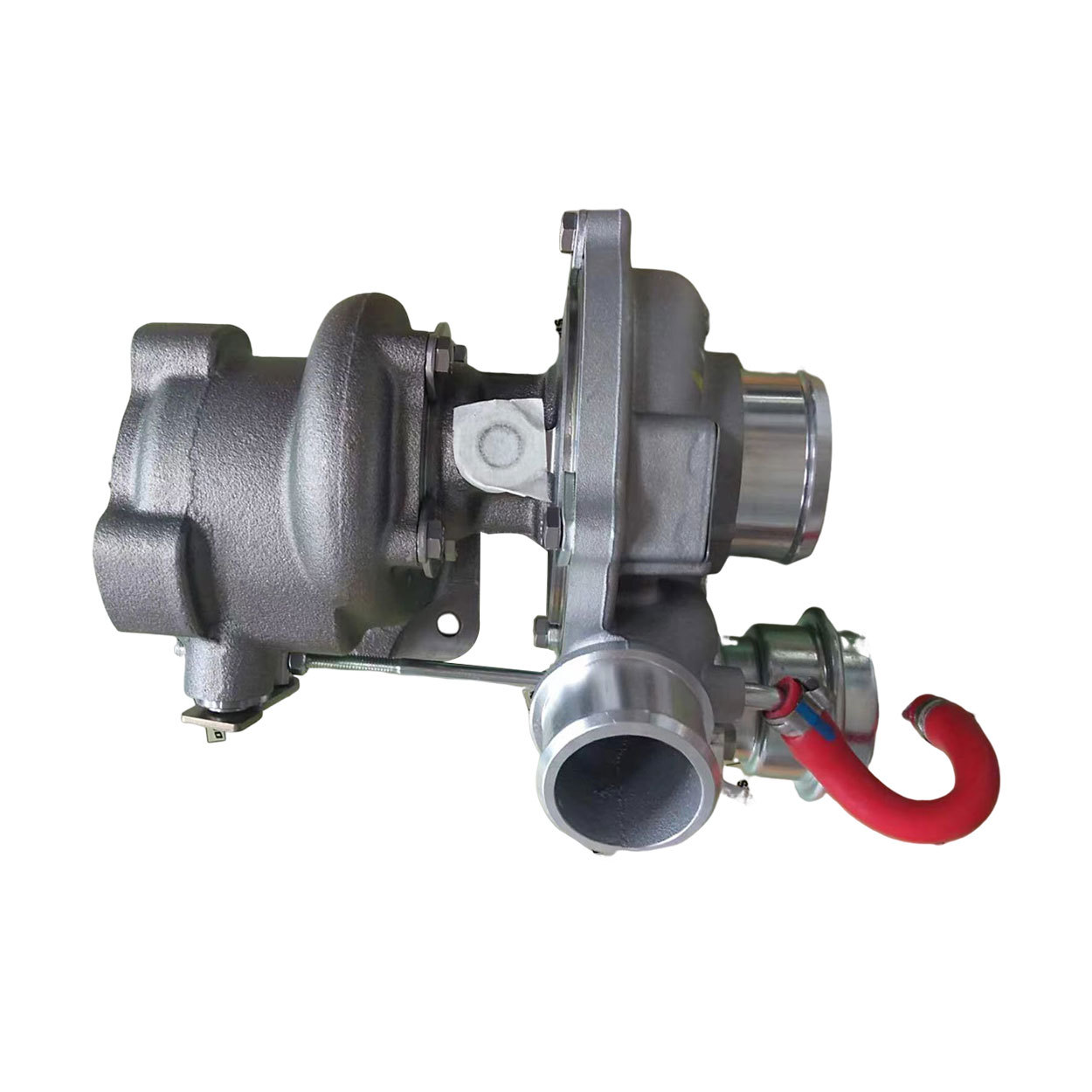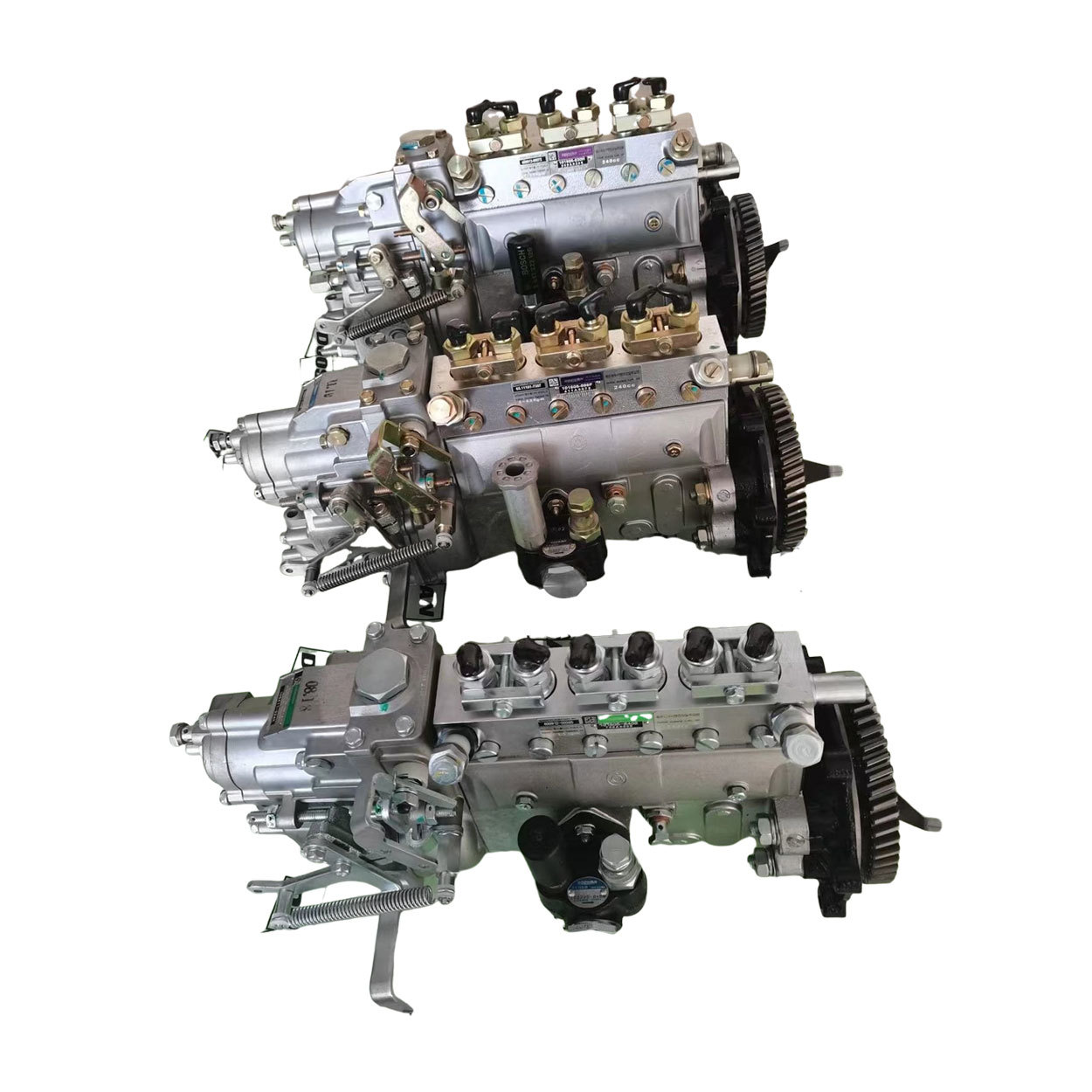Contact Us
E-mail:
15315169960@qq.com
Phone:
0086-18305352588
Address:
No. 59-50, Shuguang West Road, Fushan District, Yantai City, Shandong Province

Crankshaft
- Details
-
The crankshaft is an essential component in an internal combustion engine, responsible for converting the linear motion of the pistons into rotational motion. It plays a crucial role in the overall performance and efficiency of the engine. In this article, we will explore the function, design, and importance of the crankshaft in an engine.
Function of the Crankshaft
The primary function of the crankshaft is to convert the reciprocating motion of the pistons into rotational motion. As the pistons move up and down in the cylinders during the combustion process, they transfer linear motion to the crankshaft through connecting rods. The crankshaft then rotates, transferring the power generated by the combustion process to the transmission and ultimately to the wheels of the vehicle.
Design of the Crankshaft
The design of the crankshaft is critical to its function and performance. Crankshafts are typically made from high-strength steel alloys that can withstand the stresses and forces generated during the combustion process. They are precision-engineered to exact specifications to ensure smooth operation and minimize vibration.
Crankshafts are usually made up of several main components, including the main journals, rod journals, counterweights, and crankpins. The main journals support the crankshaft in the engine block and allow it to rotate smoothly. The rod journals connect the crankshaft to the connecting rods, which in turn connect to the pistons. The counterweights are designed to offset the weight of the pistons and connecting rods, balancing the rotating assembly and reducing vibration. The crankpins connect the connecting rods to the crankshaft and transfer motion from the pistons to the crankshaft.
Importance of the Crankshaft
The crankshaft is a crucial component in an engine, as it directly affects the performance and efficiency of the vehicle. A well-designed crankshaft can improve power output, reduce friction and wear, and increase fuel efficiency. On the other hand, a poorly designed or worn crankshaft can lead to reduced performance, increased vibration, and potential engine failure.
Regular maintenance and inspection of the crankshaft are essential to ensure its proper function and longevity. Over time, the crankshaft may wear out due to the constant stress and heat generated during operation. It is important to check for signs of wear, such as scoring, pitting, or bending, and replace the crankshaft if necessary to prevent further damage to the engine.
In conclusion, the crankshaft is a critical component in an internal combustion engine, responsible for converting the linear motion of the pistons into rotational motion. Its design and function directly impact the performance and efficiency of the engine. Regular maintenance and inspection of the crankshaft are essential to ensure smooth operation and prevent potential engine failures.
Key words:
Get A Quote
Note: Please leave your email address, our professionals will contact you as soon as possible!
Related Products


